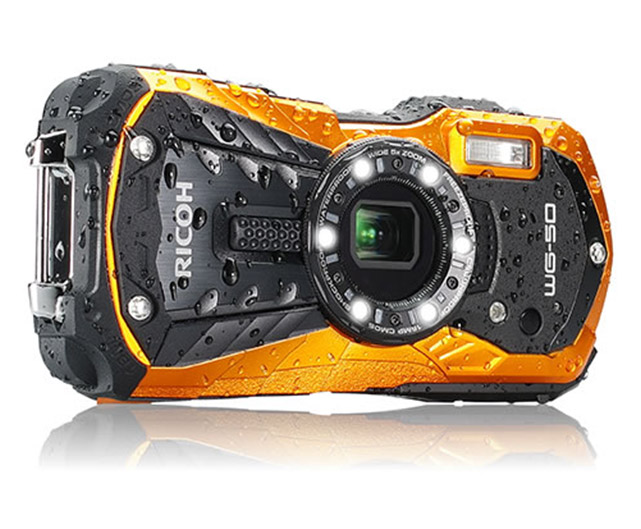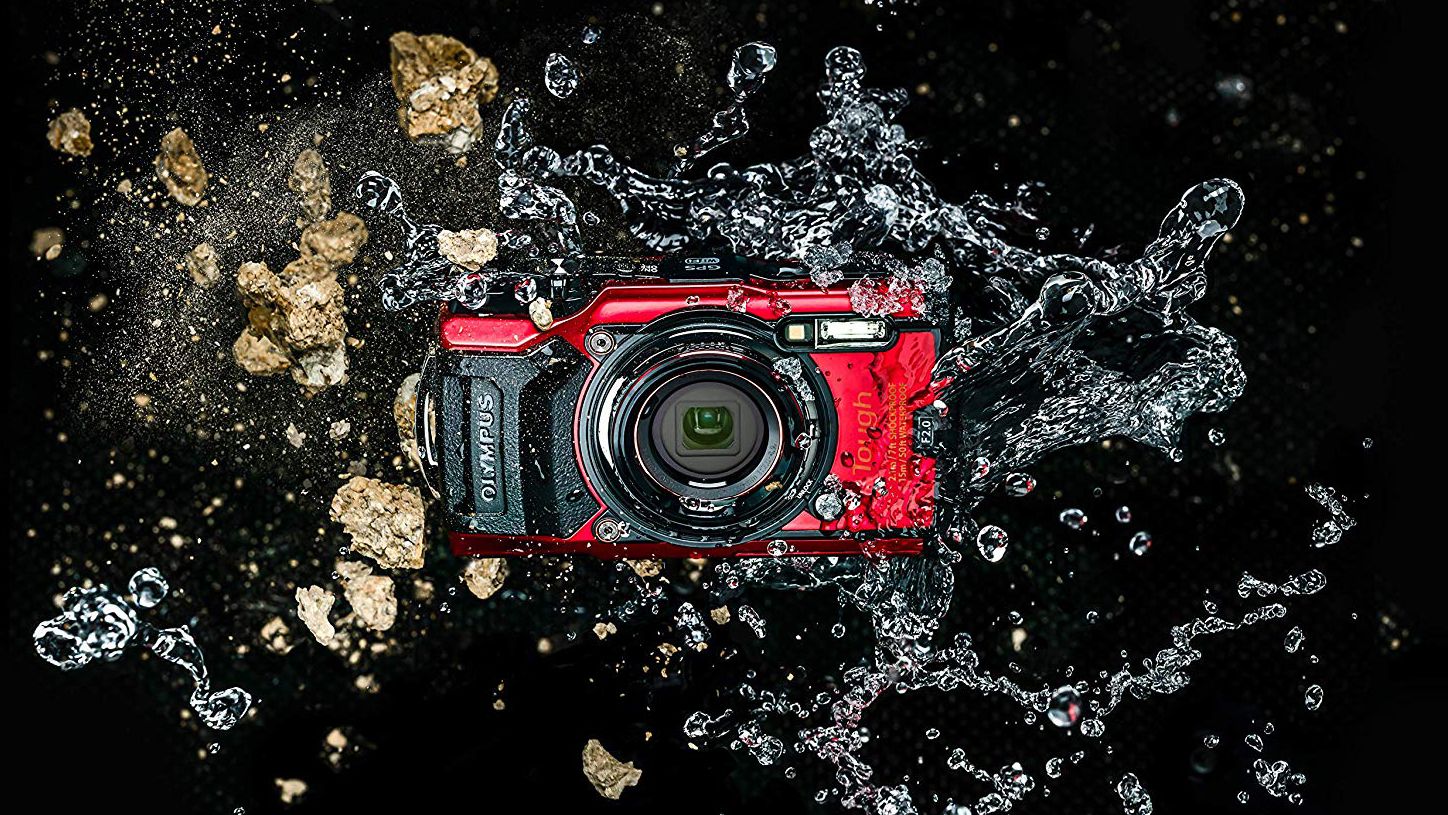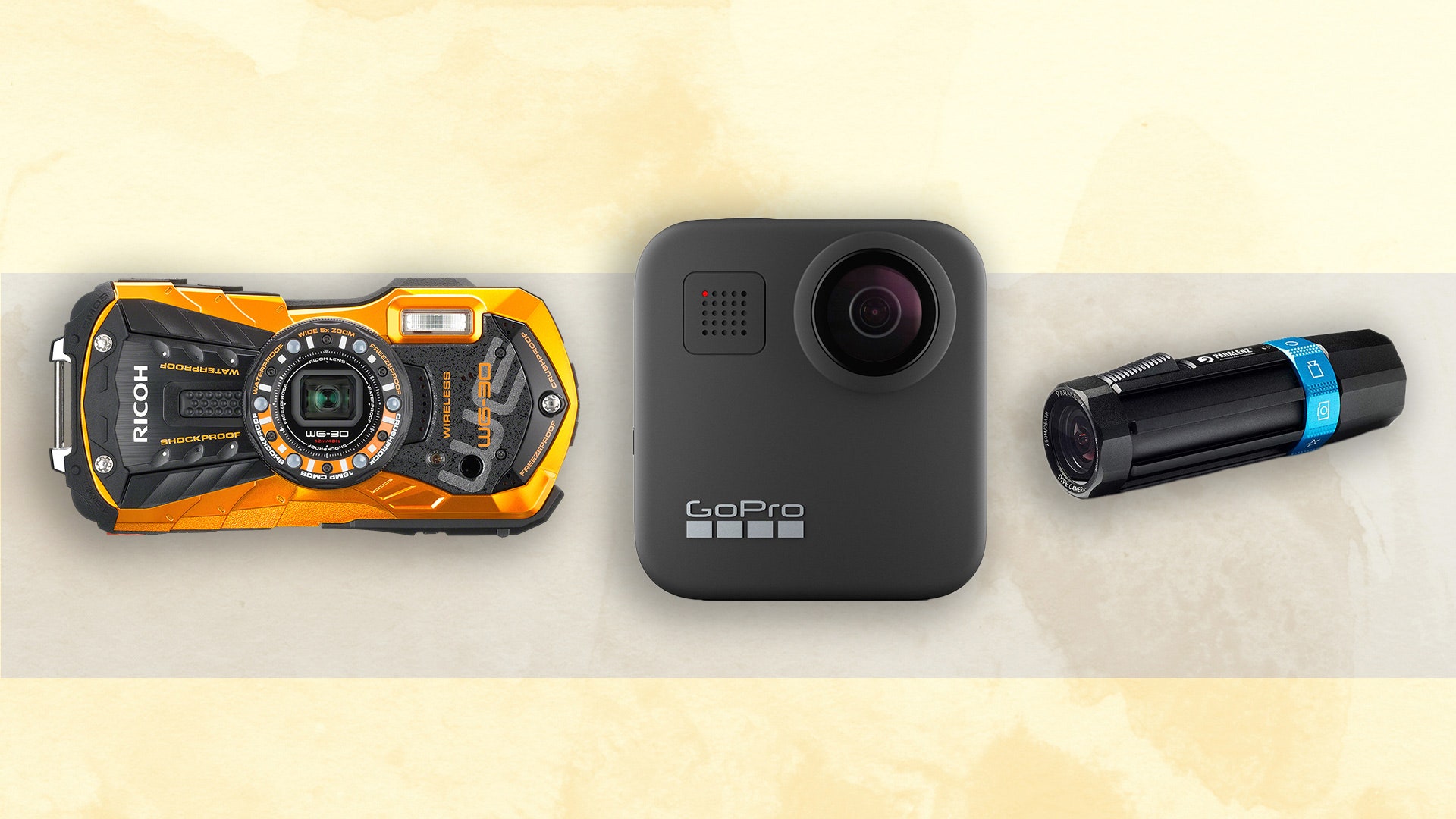For diving lovers, surfers, and anyone with a penchant for aquatic adventures, a waterproof camera stands as indispensable gear. It immortalizes underwater vistas, captures thrilling ride waves, and records rainy hikes in pristine detail. Unlike regular cameras, waterproof models endure submersion, withstand harsh conditions, and yet provide exceptional image quality. This comprehensive guide walks you through essential aspects of waterproof cameras, aiding in selecting the right one for your adventures and ensuring its longevity and optimal performance.
Choosing the Right Waterproof Camera
Assessing Durability and Depth Rating
When selecting a waterproof camera, the primary factor to consider is its durability and depth rating. Cameras designed for underwater use come with a depth rating, typically ranging from 30 to 130 feet, which signifies the maximum depth they can handle without incurring damage. Moreover, consider the camera’s resilience to drops, pressure, and temperature changes. A robust camera guarantees enduring performance amidst diving deep, snorkeling, or encountering rough aquatic conditions.
Comparing Image Quality and Features
Image quality is paramount. Opt for cameras boasting high resolution and excellent low-light performance to ensure vivid, crisp images below the surface. Furthermore, scrutinize additional features enhancing the shooting experience. Look for optical zoom capabilities for close-up shots of aquatic life, fast autofocus to capture swift movements, and optical image stabilization to counteract the underwater currents’ sway. Some models also offer Wi-Fi connectivity, enabling instant photo sharing, a boon for social media enthusiasts desiring to immediately share their aquatic escapades.

Maintaining Your Waterproof Camera
Regular Cleaning and Care
Post-adventure, meticulously cleaning your camera is vital for its longevity. Rinse it with fresh water to remove salt, sand, and other debris, preventing button stiffness and port corrosion. Ensure it’s completely dry before opening any compartments. Regularly inspect and clean the O-ring seal, as even a hair or grain of sand can compromise the waterproofing. Apply silicone grease if recommended by the manufacturer to maintain the seal’s effectiveness.
Storage and Handling Tips
Proper storage further extends your camera’s life. When not in use, store it in a cool, dry place away from direct sunlight to avert battery degradation and rubber seal deterioration. Avoid leaving it in extreme conditions, such as a hot car, which can damage its components. Handle the camera with clean hands to prevent grease build-up on its interface, and use a wrist strap during aquatic activities to safeguard against accidental drops.

Expanding Your Aquatic Photography
Investing in Accessories
Enhance your underwater photography by investing in compatible accessories. A floating wrist strap is a must for deep-water adventurers, preventing the camera from sinking. For meticulous underwater photographers, external flash units or waterproof lights brighten up the deep blues and reveal vibrant colors of marine life. Consider wide-angle or macro lenses for detailed captures of the aquatic environment. A durable, waterproof case offers added protection during extreme activities or when diving beyond your camera’s depth rating.
Learning Advanced Techniques
To capture the underwater world in all its splendor, familiarize yourself with advanced photography techniques. Understand the nuances of underwater lighting—colors fade the deeper you dive, so mastering the white balance setting improves image accuracy. Experiment with angles and perspectives; shooting upwards towards the light creates dramatic effects. Practice buoyancy control for steady shots, and approach marine life slowly to avoid startling them, enabling close-up, engaging photography without disruption.

Embracing the Aquatic Adventure
The Thrill of Discovery
Armed with a waterproof camera, every dive or swim becomes a thrilling hunt for extraordinary visuals. From coral reefs bustling with life to serene underwater landscapes, the camera is your ticket to documenting the unseen beauty beneath the waves. It encourages exploration, leading to encounters with diverse marine species, and immortalizes moments of personal triumph, such as conquering a challenging surf or reaching a new depth record.
Sharing Your Underwater Journey
Beyond personal accomplishment, waterproof cameras allow you to share the magnificence of aquatic realms with others. They reveal the intricacies of underwater ecosystems, fostering a greater appreciation for marine conservation. Through social media, blogs, or photo albums, your captured moments inspire others to journey beneath the waves, broadening the community of aquatic enthusiasts united by a love for water-bound adventure.

Capturing Vibrant Marine Life
Mastering Underwater Composition
Mastering composition underwater requires an eye for the unique landscapes and creatures that inhabit the aquatic world. The key is to focus on framing shots that tell a story. Use the rule of thirds to position your subject for impact and experiment with different angles to capture the dynamism of the environment. Be mindful of your backgrounds – a cluttered backdrop can detract from the main subject, while a clear blue space can emphasize it. Practice patience; sometimes waiting for that perfect swim-by moment can yield a mesmerizing shot that truly captures the essence of marine life.
Taking Advantage of Natural Light
While external lights and flash units can significantly enhance underwater photos, making the most of natural light can produce photos with soft, natural gradations. When near the surface, consider the direction and intensity of the sunlight and use it to illuminate the scene or create interesting silhouettes and shadows. During midday, when the sun is directly overhead, the light penetrates deeper, offering a broader canvas to work with. Experimenting with natural light challenges your creativity and often results in the most authentic and stunning photographs.

The Ethical Approach to Underwater Photography
Underwater photography is not just about capturing the beauty of the aquatic realm but also about preserving it. Ethical photography practices include not touching or disturbing the marine life and being conscious of your movements to avoid damaging fragile coral reefs. Additionally, be cautious with the use of flash, as it can distress underwater creatures. The goal is to leave no trace of your presence and to keep the underwater world as untouched and natural as when you entered it.
In conclusion, a waterproof camera is more than a gadget—it’s an extension of the aquatic enthusiast’s spirit, capturing the essence of adventure, endurance, and discovery. Selecting the right camera involves understanding its features and durability, while maintenance ensures its readiness for your next venture. Accessories and advanced techniques elevate the photography experience, transforming every underwater excursion into an opportunity to capture the extraordinary. Embrace the aquatic adventure with a waterproof camera by your side, chronicling your water-bound journeys and sharing the wonders of the underwater world with every click.
